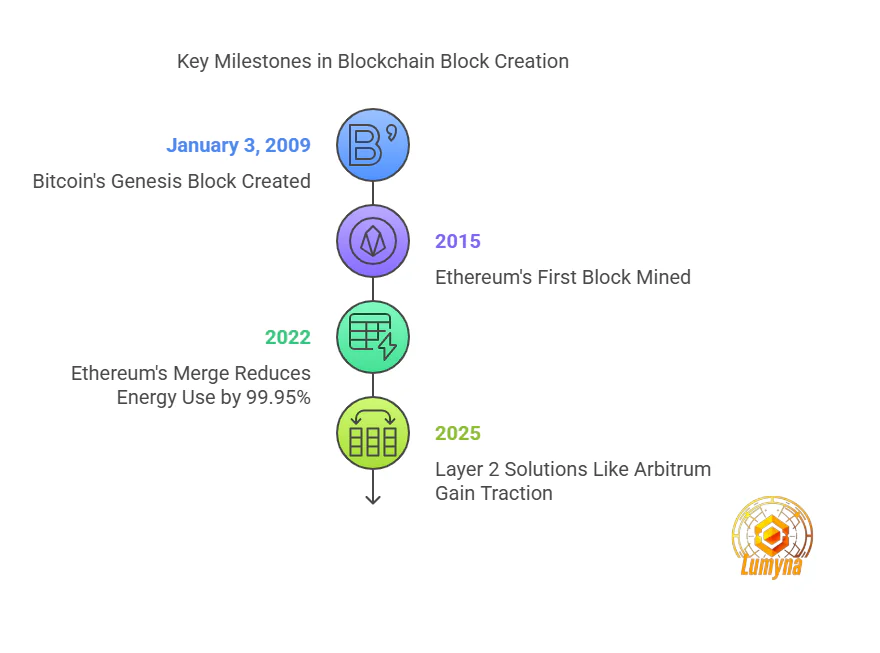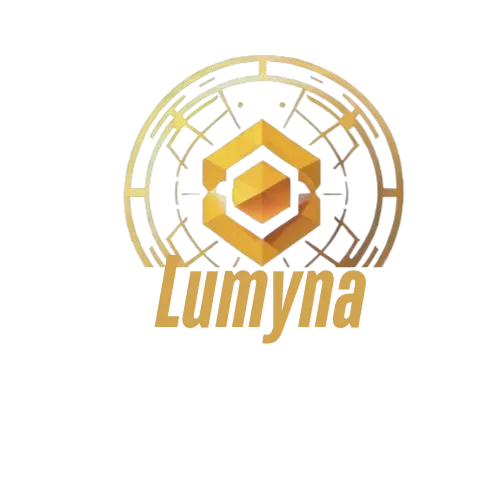In the world of Web3 and cryptocurrency, the term “Block” is foundational. Whether you’re exploring Bitcoin, Ethereum, or DeFi security, understanding blocks is key. This glossary entry breaks it down using the 5 Ws and 1 H—Who, What, When, Where, Why, and How.

Who Creates and Uses Blocks in Blockchain?
Blocks involve a cast of characters in the blockchain ecosystem. Miners (in Proof of Work systems like Bitcoin) or validators (in Proof of Stake systems like Ethereum) create blocks by processing transactions. For example, Bitcoin miners use powerful hardware to solve puzzles, while Ethereum validators stake 32 ETH to propose blocks. Developers craft the underlying protocols, think Satoshi Nakamoto for Bitcoin or Vitalik Buterin for Ethereum. Users, from crypto traders to DeFi participants, submit transactions that fill blocks via wallets like MetaMask. Nodes—computers running software like Bitcoin Core or Geth—store and share blocks, ensuring decentralization. In security contexts, white hat hackers (e.g., SunSec from DeFiHackLabs) analyze blocks to spot vulnerabilities.
What is a Block in Blockchain?
A “block” is a digital container within a blockchain, holding a batch of transactions, a header, and a link to the previous block via its hash. The header includes metadata like a timestamp, nonce (for mining), and Merkle root (a hash summarizing transactions). The body lists actions—e.g., “Alice sends 0.5 BTC to Bob.” In Bitcoin, blocks are capped at ~1-2 MB (post-SegWit), while Ethereum blocks vary by gas limits. Secured by cryptography (e.g., SHA-256), blocks form an immutable chain. In Web3, Ethereum blocks also store smart contract data, critical for DeFi platforms like Uniswap.
When Are Blocks Created in Blockchain?
Blocks emerge on a schedule set by each blockchain’s rules. Bitcoin targets a new block every 10 minutes, adjusted by mining difficulty every 2016 blocks. Ethereum, post-2022 merge, averages 12 seconds, while Solana achieves sub-second blocks using Proof of History. Creation happens when a miner solves a puzzle or a validator is selected, often tied to network demand (e.g., high gas fees during NFT mints). Historically, Bitcoin’s genesis block launched on January 3, 2009, and Ethereum’s first block hit in 2015. In 2025, block timing remains a hot topic as congestion drives Layer 2 adoption.
Where Are Blocks Stored in Blockchain?
Blocks reside across a blockchain’s distributed network, stored on full nodes, computers running the software worldwide. This could be a server in New York, a Raspberry Pi in Berlin, or a cloud instance in Singapore. No central server exists; every node holds a copy—Bitcoin’s chain is ~500 GB in 2025. Block explorers like Etherscan (Ethereum), Solscan (Solana), or Blockchain.com (Bitcoin) let you view blocks online. In Web3, decentralized storage like IPFS often pairs with blocks for off-chain data, as seen in NFT metadata.
Why Are Blocks Important in Blockchain?
Blocks are the backbone of blockchain’s security, immutability, and trustlessness. By chaining blocks with hashes, altering one requires re-mining all subsequent blocks—a near-impossible feat. This prevents double-spending, enabling Bitcoin to function without banks or Ethereum to execute smart contracts reliably. Blocks log every action transparently, vital for DeFi’s $50B+ in locked value (per 2025 stats). In security, they record hacks—like the 2016 DAO exploit—helping auditors (e.g., SunSec’s DeFiHackLabs) trace root causes. They’re why Web3 thrives without intermediaries.
How Are Blocks Created in Blockchain?
Block creation varies by consensus. In Bitcoin’s Proof of Work, miners hash the block header with a nonce until it’s below a difficulty target, a process taking ~10 minutes. Ethereum’s Proof of Stake selects validators based on staked ETH, who propose blocks every 12 seconds, confirmed by peers. Solana uses Proof of History to timestamp blocks rapidly. Developers test this with tools like Foundry or Hardhat, simulating chains locally. Security matters—flaws like reentrancy attacks (noted in SunSec’s tweets) exploit block logic. Post-creation, nodes validate and propagate blocks, ensuring consensus.
Expanded Insights for Web3 and Blockchain Enthusiasts
Let’s zoom in. A block isn’t just data—it’s a cryptographic puzzle solved by miners or a staked commitment by validators. In Bitcoin, the nonce adjusts the hash (e.g., starting with 17 zeros in 2025 difficulty), while Ethereum’s gas limit dictates block size, say, 30M gas per block. Solana’s speed (65,000 TPS in tests) comes from pre-sequencing transactions, shrinking block times. Security-wise, blocks are attack targets—think 51% attacks or MEV exploitation—making tools like Phalcon (from your text) essential for debugging.
Historically, blocks mark milestones. Bitcoin’s genesis block embedded “The Times 03/Jan/2009 Chancellor on brink of second bailout,” a nod to financial distrust. Ethereum’s blocks evolved—2022’s merge slashed energy use by 99.95%, per Ethereum Foundation data. In 2025, Layer 2s like Arbitrum batch transactions into blocks settled on Ethereum, cutting costs. SunSec’s DeFiVulnLabs uses blocks to teach vulnerabilities—e.g., how first deposit bugs exploit timing.
Blocks’ global storage on nodes ensures resilience—Ethereum’s 173,600 nodes (2022 Ronin hack estimate) held evidence of a $600M breach. Their “why” ties to trust: hashes link blocks like a chain, making tampering evident. The “how” adapts—EIP-1559 in 2021 tweaked Ethereum’s block economics, burning fees to stabilize costs.
Related Questions
- What is a block in blockchain technology? – A data unit with transactions, secured by hashes.
- Who creates blocks in Bitcoin? – Miners solving cryptographic puzzles.
- When does a new block appear in Ethereum? – Every ~12 seconds post-merge.
- Where can I see blockchain blocks? – On explorers like Etherscan or Solscan.
- Why do blocks matter in cryptocurrency? – They ensure security and prevent fraud.
- How is a block mined in Bitcoin? – By finding a valid nonce via hashing.
- What’s inside a blockchain block? – Transactions, a header, and a Merkle root.
- Who validates blocks in Ethereum? – Stakers in Proof of Stake.
- When was the first blockchain block created? – January 3, 2009, by Satoshi.
- Where are Bitcoin blocks stored? – On full nodes globally.
- Why are blocks linked by hashes? – To maintain an immutable chain.
- How fast are Solana’s blocks? – Sub-second, per Proof of History.
- What happens if a block is hacked? – Hash mismatches break the chain.
- Who uses blocks in Web3 security? – Auditors like SunSec tracing exploits.
- How do Layer 2 blocks work? – They bundle transactions for Layer 1 settlement.




